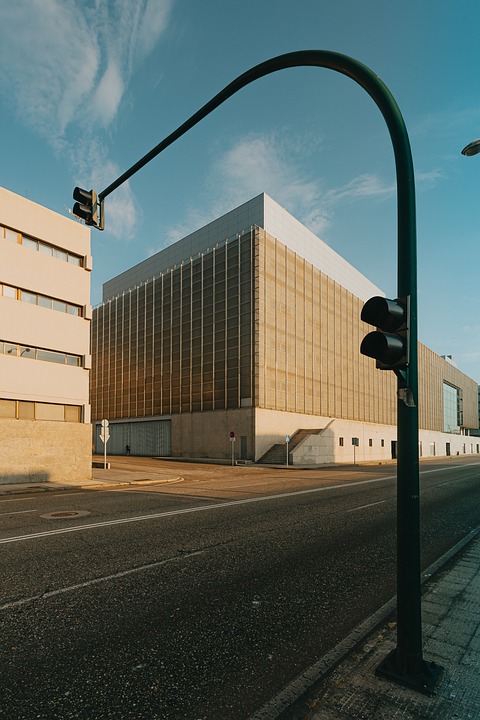Behind the Scenes: The Collaborative Effort to Achieve Cinematic Excellence
The Importance of Collaboration in Filmmaking
Filmmaking is often seen as a solitary pursuit, with directors and actors receiving much of the spotlight and recognition for the final product. However, behind every successful film is a team of dedicated professionals working together to bring a vision to life. From writers and producers to cinematographers and editors, each individual plays a vital role in creating a cohesive and compelling film.
The Role of Screenwriters and Producers
The first step in the filmmaking process is the creation of a screenplay, which serves as the blueprint for the entire production. Screenwriters work closely with directors and producers to develop characters, dialogue, and plot points that will engage audiences and convey the intended message of the film. Producers, on the other hand, are responsible for securing financing, hiring key personnel, and overseeing the overall production process.
The Art of Cinematography and Editing
Once the script is finalized, the next step is to bring the story to life through the art of cinematography. Cinematographers work closely with directors to determine the visual style of the film, from the use of lighting and camera angles to the selection of lenses and filters. Their goal is to create a visual language that complements the narrative and enhances the emotional impact of each scene.
Editors play a crucial role in shaping the final product, as they are responsible for assembling the raw footage into a coherent and engaging sequence. Through the use of cuts, transitions, and visual effects, editors can manipulate time and space to create a seamless and immersive viewing experience. Their ability to craft the rhythm and pacing of a film is essential to maintaining the audience’s interest and conveying the intended mood or tone.
The Importance of Collaboration and Communication
Throughout the filmmaking process, collaboration and communication are key to achieving cinematic excellence. Each member of the team brings a unique set of skills and perspectives to the table, and it is through collaboration that the disparate elements of a film come together to form a cohesive whole. Directors must work closely with all department heads to ensure that their creative vision is realized, while also remaining open to feedback and new ideas.
Effective communication is essential to the success of any film production, as it ensures that everyone is working towards the same goal and that issues are addressed in a timely manner. Whether it’s a last-minute change to the script or a technical problem on set, clear and concise communication can prevent costly delays and ensure that the production stays on track.
The Rewards of Collaboration
While filmmaking can be a challenging and demanding profession, the rewards of collaboration are immeasurable. When a group of talented individuals comes together to create a memorable and impactful film, the sense of accomplishment and camaraderie is unmatched. The shared experience of overcoming obstacles and working towards a common goal can foster deep connections and lasting friendships that extend beyond the confines of the set.
In the end, it is the collaborative effort of the entire filmmaking team that ultimately determines the success or failure of a project. From the scriptwriters and producers who lay the foundation to the cinematographers and editors who bring the story to life, each individual plays a crucial role in the creation of cinematic masterpieces. By recognizing the importance of collaboration and communication, filmmakers can harness the collective talents of their team to achieve greatness and create films that resonate with audiences for years to come.



